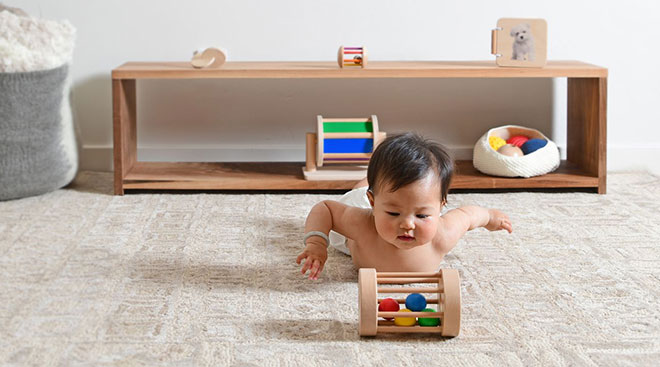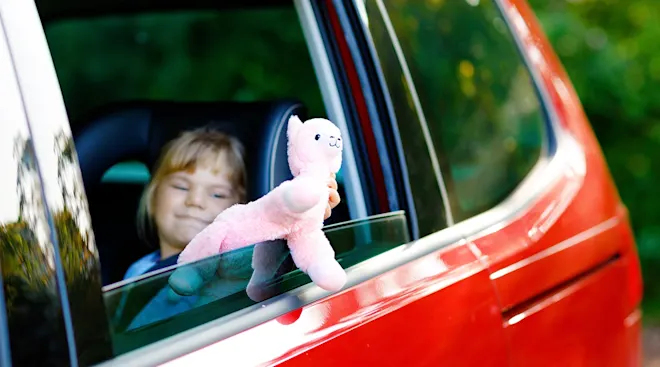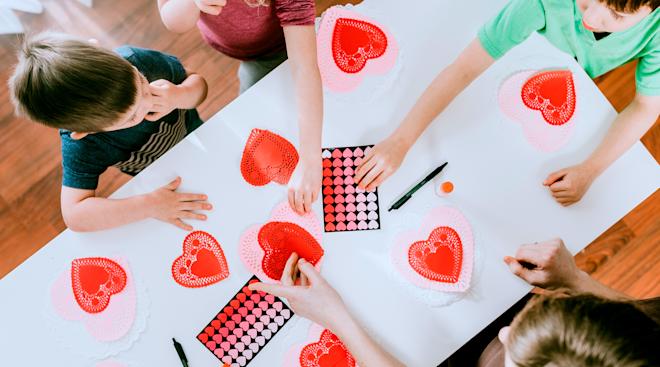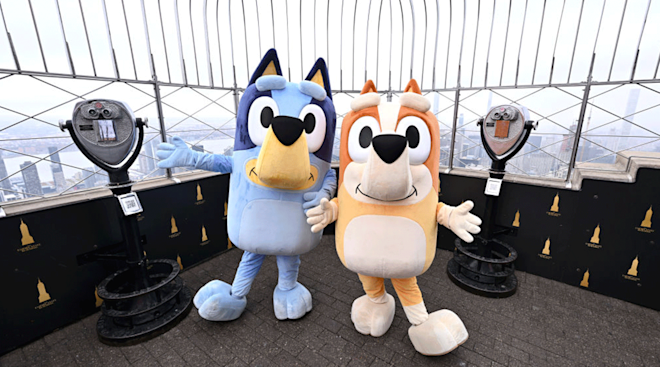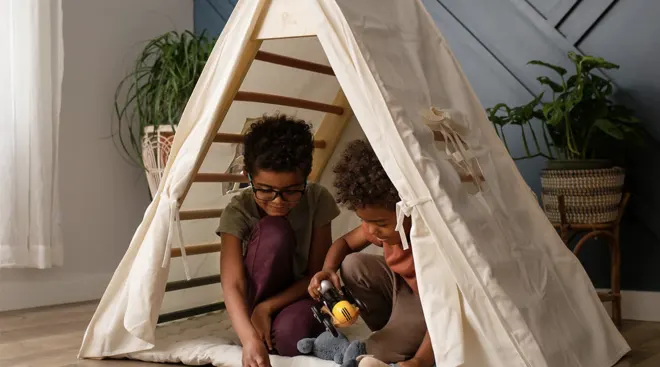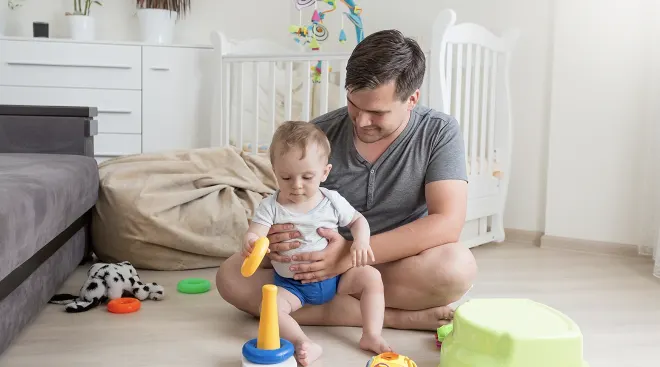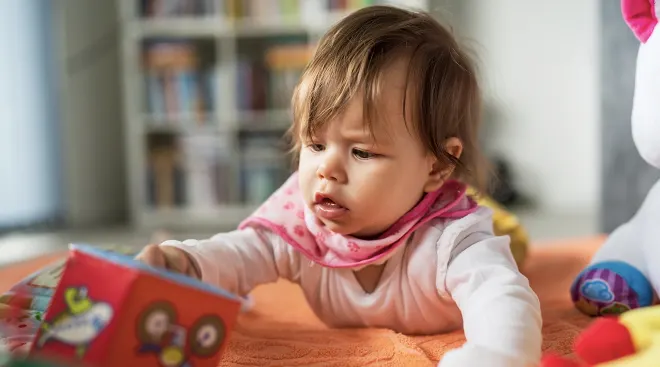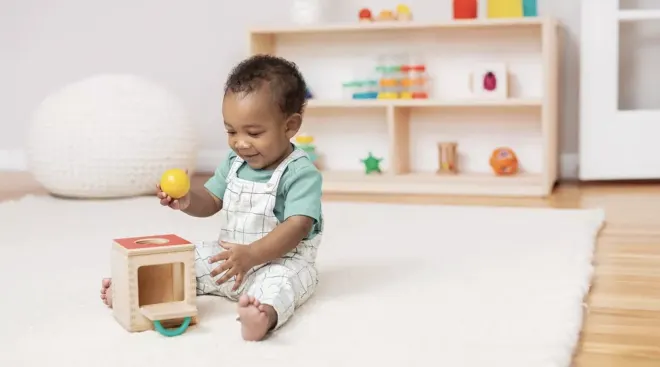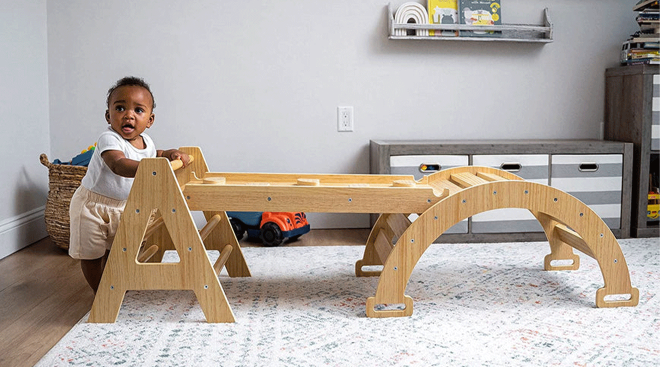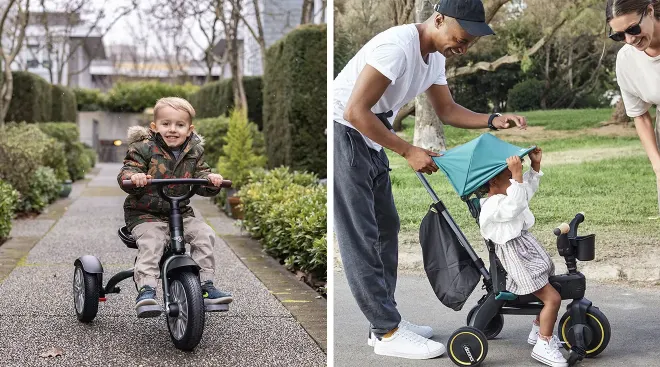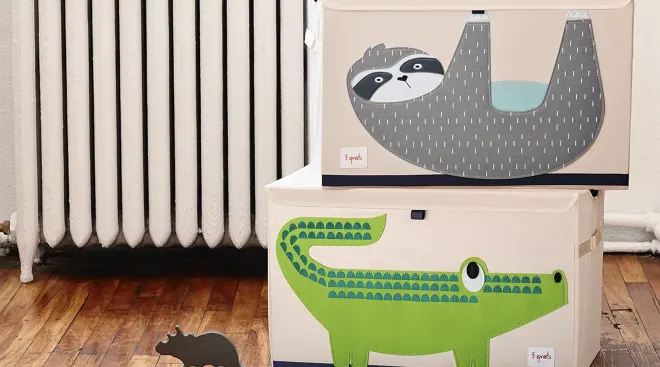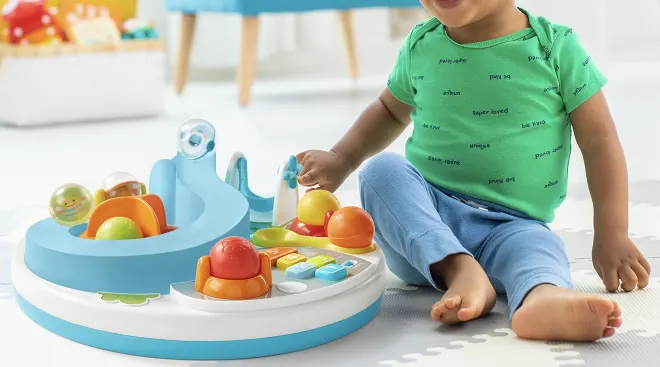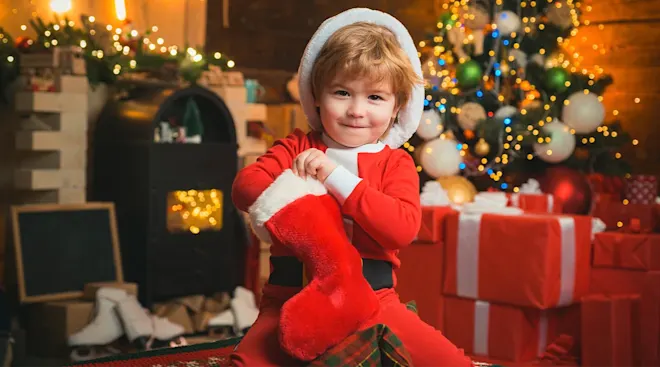The Magic of Montessori: Life Changing Tips to Declutter Your Child’s Play Space
Oftentimes we’ll see Instagramable images of seemingly organized playrooms with large bins or baskets. Unfortunately, when it comes to play time, the baskets invite dumping as an activity, which can quickly turn into an endless loop of trying to keep the area tidy. As frustrating as this can be for you, it also hinders your child’s development. In Montessori we often speak of the idea of external order creating internal order. Just like an adult who has trouble focusing when their desk is a mess, a child is distracted when they have too many options at playtime. Offering your baby or toddler a curated selection of toys displayed at their level allows them to deeply concentrate on the play at hand as they learn new skills. Implementing a toy rotation process will take a little work on the front end, but it’s truly a game changer for both parent and child!
If you are new to the concept of toy rotation, we recommend first taking an assessment of all of your little one’s toys. Any broken toys or items that are missing pieces should be discarded. Any gifted or hand-me-down toys that aren’t aligned with the materials you would like to offer your child can be donated. From the keepers - consider what your child currently engages with, and pair it down to 6-8 toys, while you store the rest for rotated use.
After you’ve selected your child’s current rotation of toys, you’ll want to put the rest in storage. It’s easiest to label boxes with ages, while keeping toys that are applicable for your child’s current level of development within reach of their play area - perhaps at the front of a nearby closet.
We recommend displaying the 6-8 toys on a low shelf. The shelf allows even babies who are just learning to maneuver themselves to wiggle, scoot or crawl to independently select a toy, which boosts their self confidence and growth mindset. Keep in mind, low shelves come in many forms! You can take the doors off a low cupboard or take advantage of the bottom part of a bookshelf to get creative in your space. It’s ideal to set up your baby or toddler’s shelf in an area of the home where your family spends the majority of their time. Your child will love feeling that they are part of the action as they play independently!
Although we discourage large baskets and bins, small, child-sized trays and baskets that will hold one activity at a time appeal to your child’s sense of order to group like items on their shelf. Oftentimes parents ask what to do if they are aiming to follow the 6-8 items on a shelf guideline, but their child has a fondness for something like toy trucks. In that case we recommend adding the collection of trucks to a small basket. The same can be said for books, or small musical instruments, or any collection your child enjoys.
Once you’ve set up your child’s shelf, you may wonder what’s next. You’ll want to carve out time to observe your child’s engagement with their environment. Note which toys your child is drawn to and which items they seem to ignore. In this way you’ll be fulfilling what we call “The Role of the Adult’’ in Montessori - where you prepare and connect your child to their space and then watch what happens in order to fine tune and curate their shelf even further as they grow and change. A pro tip for parents to make this process easier is to schedule a time once a week, preferably during naptime, to take away the items your child is not engaging with, and add a few new options from storage. This can be a great post-nap surprise for your child as old toys will have new life, and the variety in their space will keep them engaged and concentrating.
For more toy rotation tips follow @montikids on Instagram.
Navigate forward to interact with the calendar and select a date. Press the question mark key to get the keyboard shortcuts for changing dates.
































